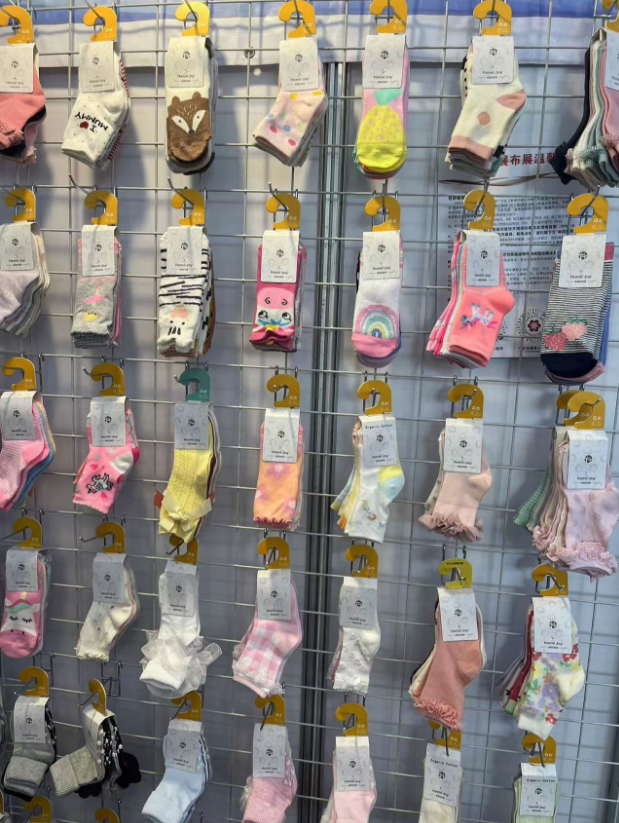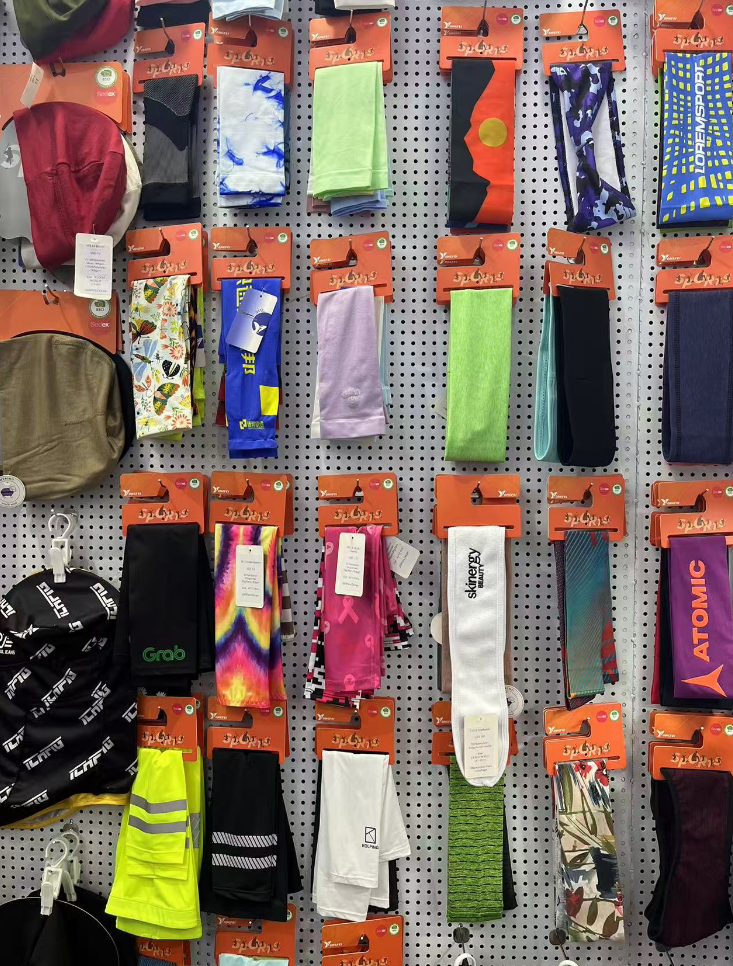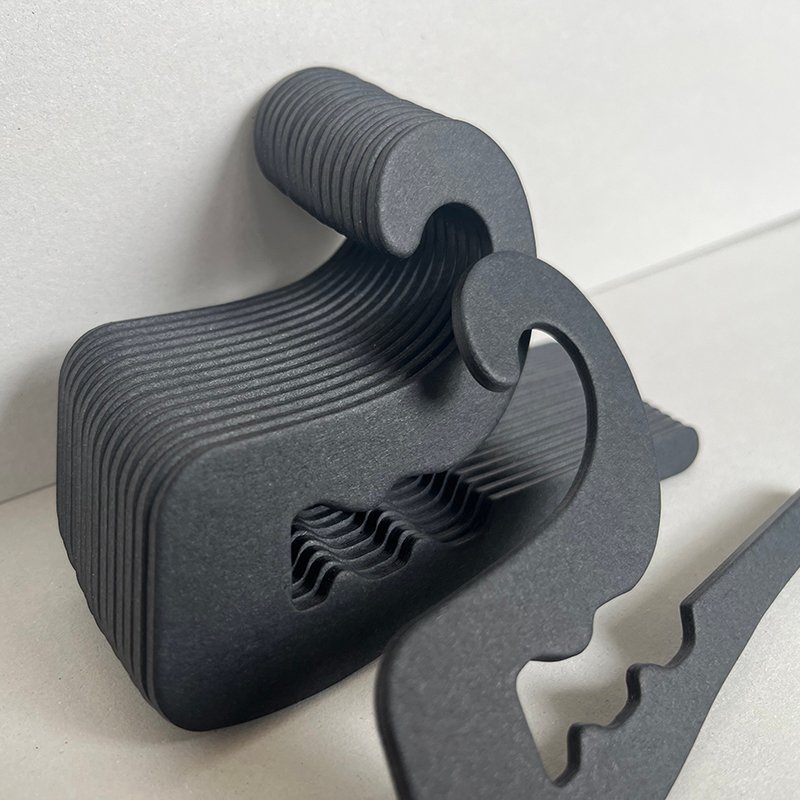The Shift Towards Eco-Friendly Display Solutions: The Rise of Paper Hooks in Retail Environments
Small hooks, though often overlooked in everyday life, serve an indispensable role in the merchandising and display of consumer products. These inconspicuous tools are found in retail spaces, packaging, and even in homes, facilitating the presentation and organization of goods. In recent years, with the increasing focus on sustainability and environmental responsibility, the use of traditional plastic hooks in product displays has been steadily replaced by an alternative—paper hooks. This shift is particularly evident in the retail presentation of items such as socks, hats, gloves, and other apparel accessories. Paper hooks are rapidly becoming the preferred solution, aligning with the growing demand for environmentally responsible materials in product display and packaging design.

Paper Hooks: A Sustainable Alternative
The transition from plastic to paper hooks in retail environments is emblematic of a broader trend towards sustainability in the consumer goods industry. Traditionally, plastic display hooks have been widely used due to their durability, cost-effectiveness, and ease of production. However, the environmental drawbacks associated with plastic, such as resource-intensive manufacturing processes, non-biodegradability, and the increasing issue of plastic waste, have led to growing calls for more sustainable alternatives. In this context, paper hooks offer a compelling solution, leveraging recyclable, biodegradable materials that reduce the carbon footprint of product packaging and display systems.

Paper hooks are produced from high-quality cardboard or paperboard, materials that can be recycled and repurposed. As a result, their adoption in retail displays helps reduce the volume of plastic waste entering landfills and the ocean, contributing to a circular economy where materials are reused and repurposed rather than disposed of. Furthermore, the manufacturing process for paper hooks generally consumes fewer natural resources and generates less environmental impact compared to plastic production, making it a more eco-efficient alternative.
Design Innovation and Structural Integrity
Although paper hooks are celebrated for their environmental benefits, they are also designed to meet the functional and aesthetic needs of retail displays. Advances in paperboard technology have led to the creation of paper hooks that offer sufficient strength and durability to hold a variety of lightweight items, including apparel, accessories, and small consumer goods. High-density paperboard and advanced bonding techniques ensure that paper hooks maintain their structural integrity, even when subjected to the wear and tear of a retail environment.
In terms of design, paper hooks offer versatility in both form and function. They can be easily customized to suit the specific display requirements of different product categories. For example, sock hooks are typically designed with compact, flat profiles to accommodate the streamlined nature of socks, while hat hooks often feature more intricate and sculptural shapes that complement the design of the hats. This customization ability allows brands to create displays that not only showcase their products effectively but also enhance the visual appeal and overall shopping experience. The aesthetic potential of paper hooks is a key factor driving their adoption in retail merchandising, as brands increasingly seek to differentiate themselves through creative and sustainable design choices.

Consumer Demand and Market Trends
The adoption of paper hooks in retail environments is part of a larger market trend towards sustainability-driven design and packaging solutions. As environmental awareness continues to rise, consumers are placing increasing importance on sustainability when making purchasing decisions. Brands that integrate eco-friendly materials into their product displays and packaging gain a competitive advantage by appealing to the growing cohort of environmentally conscious consumers.
In particular, the retail sector has become a focal point for sustainability initiatives, with many brands and retailers adopting green procurement strategies and seeking to reduce their environmental impact across the supply chain. The use of paper hooks is one such initiative, as it aligns with the broader goals of reducing plastic consumption, promoting circularity, and advancing sustainable sourcing practices. Moreover, the visibility of paper hooks in retail displays reinforces a brand’s commitment to sustainability, helping to build consumer trust and loyalty.

The Future of Retail Display Solutions
The shift towards paper hooks in retail environments is a key component of the ongoing transformation of the consumer goods industry, where sustainability is becoming an integral part of the value proposition. As technology advances, the design and manufacturing processes for paper hooks are likely to continue evolving, allowing for even more innovative, cost-effective, and environmentally friendly solutions. In the future, we can expect further developments in material science and design thinking to create even more durable, customizable, and eco-efficient paper-based display systems.
As the demand for sustainable retail solutions grows, paper hooks will likely become a standard feature in the merchandising strategies of brands and retailers seeking to meet consumer expectations and regulatory requirements related to environmental impact. With continued consumer demand for eco-friendly products and packaging, paper hooks will play an increasingly important role in shaping the future of retail displays and contributing to the broader movement towards environmental sustainability.
